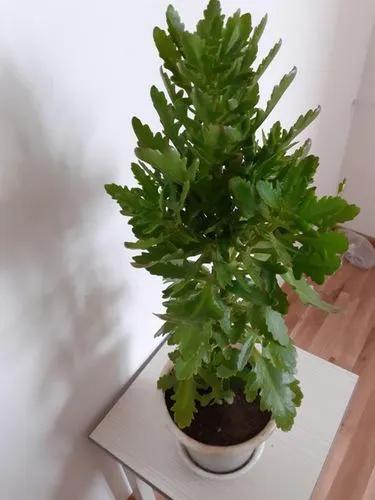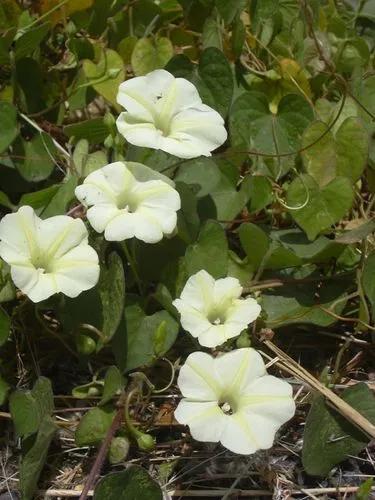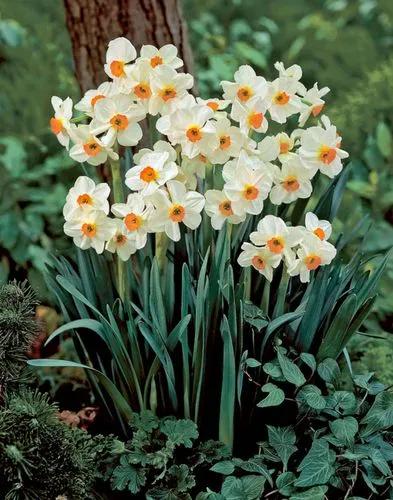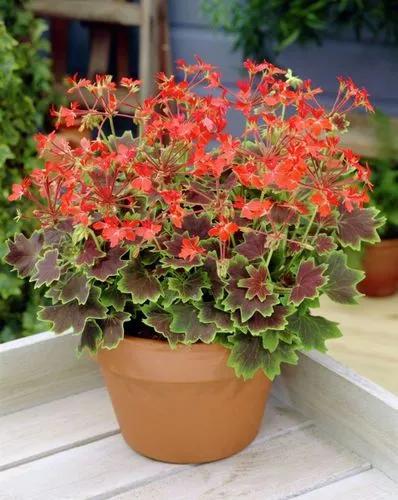Tough, low-maintenance, and pest-free, Vinca minor has pretty broadleaf foliage and flowers; it is also useful for providing ground cover and is known for its creeping habit. In spite of all of these benefits, there is one drawback: it has a tendency to overtake an area. Learn how to grow and care for this popular ground cover which belongs to the dogbane family. The plants are tough enough to naturalize in many areas.
Pikkutalvio Care
Vinca Minor



How to Care for the Plant

Water

Water vinca flowers during the predawn or early morning hours. watering early in the morning allows the excess water to drain away or evaporate during the daylight hours. If vinca is watered too late in the day, the excess water remains on the plant all night. vinca is susceptible to fungal infections, which are caused by excess moisture.

Pruning

Dead or dying sections of the plant can encourage pest infestation or disease. Removing these not only makes your houseplant look better, but reduces the risk of further problems down the line.

Fertilizer

As with most houseplants, they will benefit from an occasional feed during the growing season. An organic, balanced, liquid fertilizer once a month during growth period is recommended.

Sunlight

Partial sun generally means less than six and more than four hours of sun per day. Plants for partial sun will do well in a location where they receive a break from the sun each day. They like the sun but will not tolerate a full day of it and need at least some shade each day.

Soil

Rich, well-draining soil.

Temperature

Although it is a long-lived plant, it can suffer from many diseases, especially in humid, wet climates. They are completely intolerant of frost, so if you want to bring them in for the winter, be sure to move the plants indoors when night temperatures drop down to about 50 degrees Fahrenheit.

Container

Ceramic pots are the most popular type of containers for houseplants today. You'll find them in all kinds of styles, colors, and sizes. At one time, the clay pot was the most common container for indoor plants. When choosing a pot, choose a pot that is 2.5-5 cm (1-2”) larger than the current size.

Popularity

3,186 people already have this plant 722 people have added this plant to their wishlists
Discover more plants with the list below
Popular articles






